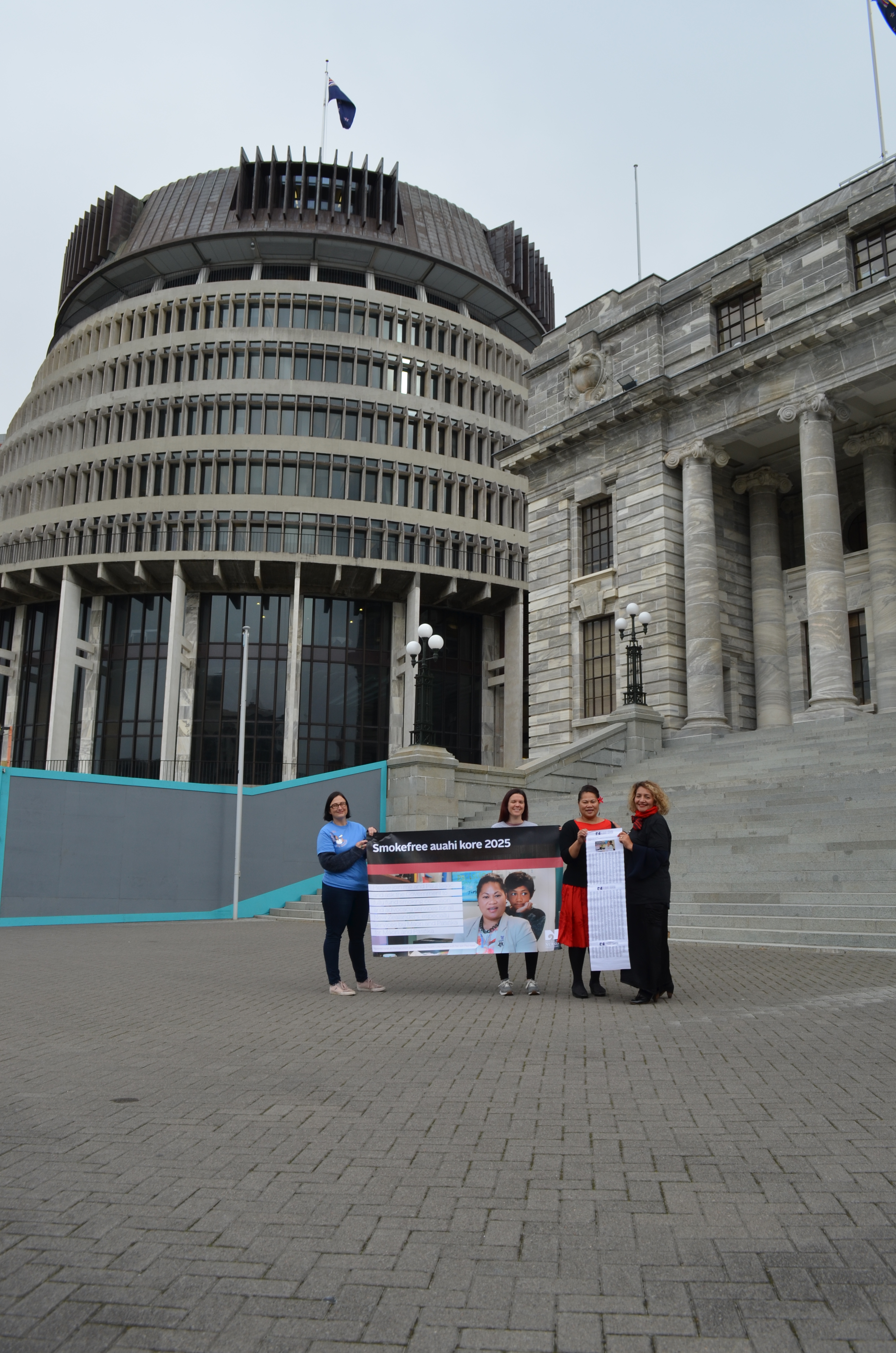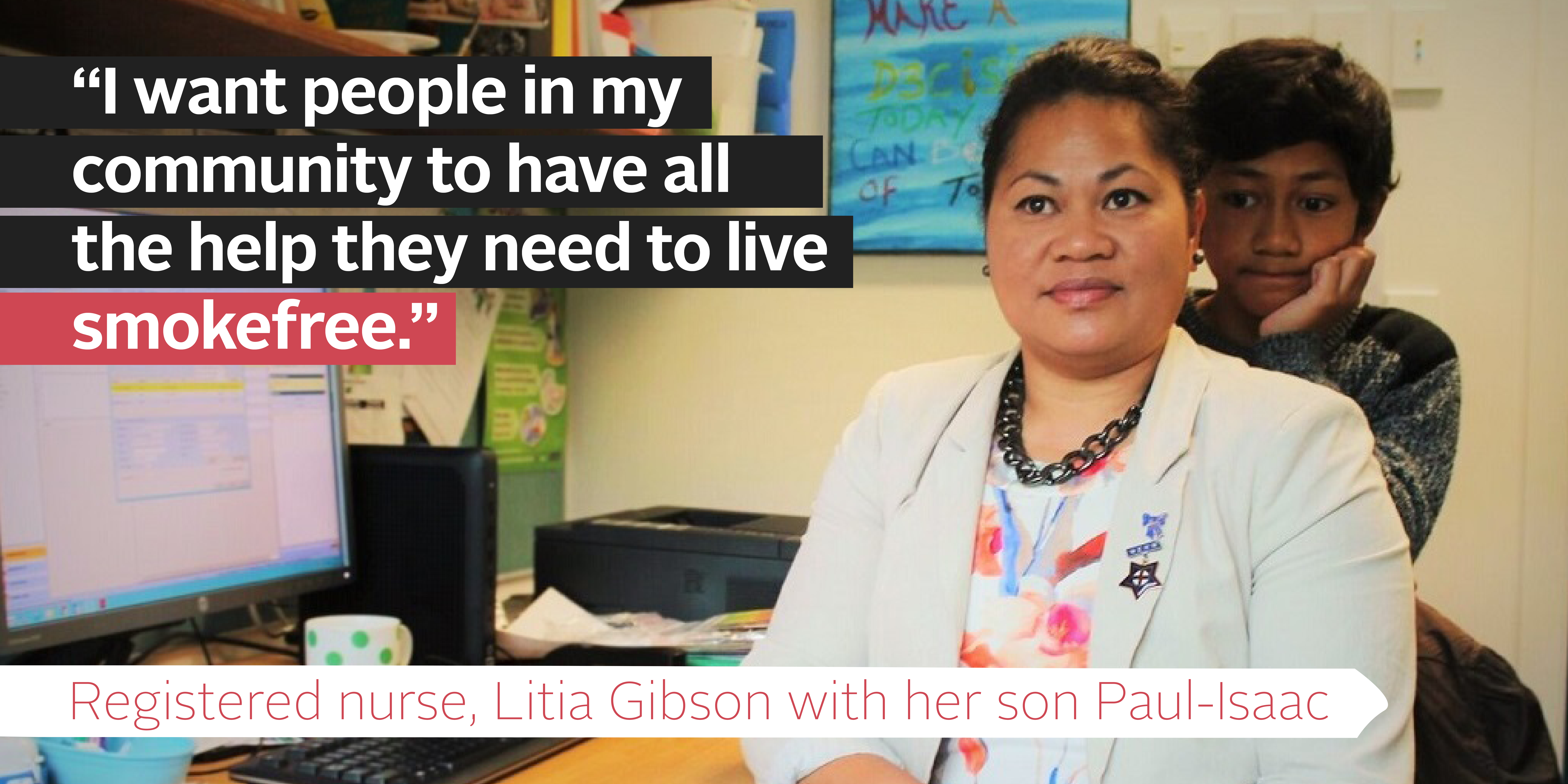Leadership blog, by Anne Daniels
Kerri Nuku ended her recent Leadership blog on pay equity with an important whakataukī, Ki te kotahi te kākaho ka whati, ki te kāpuia, e kore e whati – When we stand alone we are vulnerable, but together we are unbreakable.
We have some loud voices standing strong, but only from some of the many members we have. We need to all raise our voice because this fight isn’t just for DHB Nurses, or even all nurses. This fight is for all women everywhere in New Zealand and throughout the world. History tells us why.
The fight for fair pay for women started in the 1890’s for New Zealand women principally by the newly formed National Council of Women. In 1957 the Council for Equal Pay and Opportunities (CEPOP) was formed by a coalition of women and men’s organisations and unions and later in 1986, the Coalition for Equal Value, Equal Pay (CEVEP) was set up by women’s groups and unions with the Nurses Association prominent among them. After decades of organising, the Labour Government introduced the Employment Equity Act in 1990 to “redress past and present discrimination experienced by women in the labour market.” But this historic legislation was quickly repealed by the new National Government the same year.
This is the political context when, as a young nurse dissatisfied with pay and conditions, I became one of the few NZNO delegates in 1990. Since then, I’ve been in many campaigns for the same thing, fair pay and conditions. Each time we’ve failed because we were too trusting. In 2010, we received a small pay jump but within a few years the buying power of this rise had fallen away. Successive governments continue to fail women, reflecting the ingrained patriarchal attitudes of both men and women in power.
And here we are one hundred and twenty-two years later still fighting for justice. Ironically, our current Labour Health Minister has a union background and our female Prime Minister stands on the shoulders of women who fought for equality. We expect them to stand with us, not against us to right the wrong of the perpetual injustice of women being underpaid, while also enduring substantially poorer work conditions than men receive.
We can’t wait for others to do right for women. We must take our fight to the streets and join with all women, everywhere in New Zealand, as our fight is their fight. We put this government and any successive government on notice. We will fight without ceasing until we win, as together, we are unbreakable.
References:
Equal pay in New Zealand from 1988 to present (cevep.org.nz)












![IMG_0811[1]](https://nznoblog.files.wordpress.com/2017/05/img_08111.jpg)
 Excitement at the pay offer settlement announcement for caregivers. Cee is pictured centre in the red skirt in front of Memo Musa, NZNO CE, Grant Brookes NZNO President at left, and NZNO caregiver members.
Excitement at the pay offer settlement announcement for caregivers. Cee is pictured centre in the red skirt in front of Memo Musa, NZNO CE, Grant Brookes NZNO President at left, and NZNO caregiver members.


 Pictured- NZNO members and Registered Nurses Phoenix and Michael.
Pictured- NZNO members and Registered Nurses Phoenix and Michael.